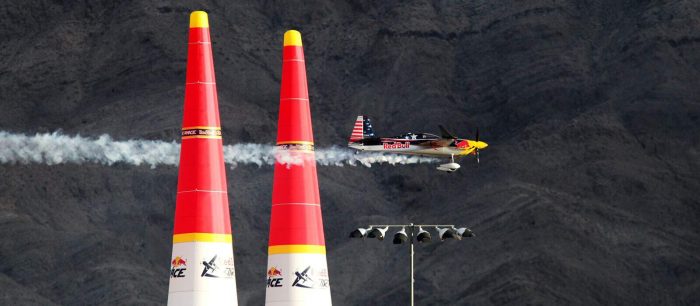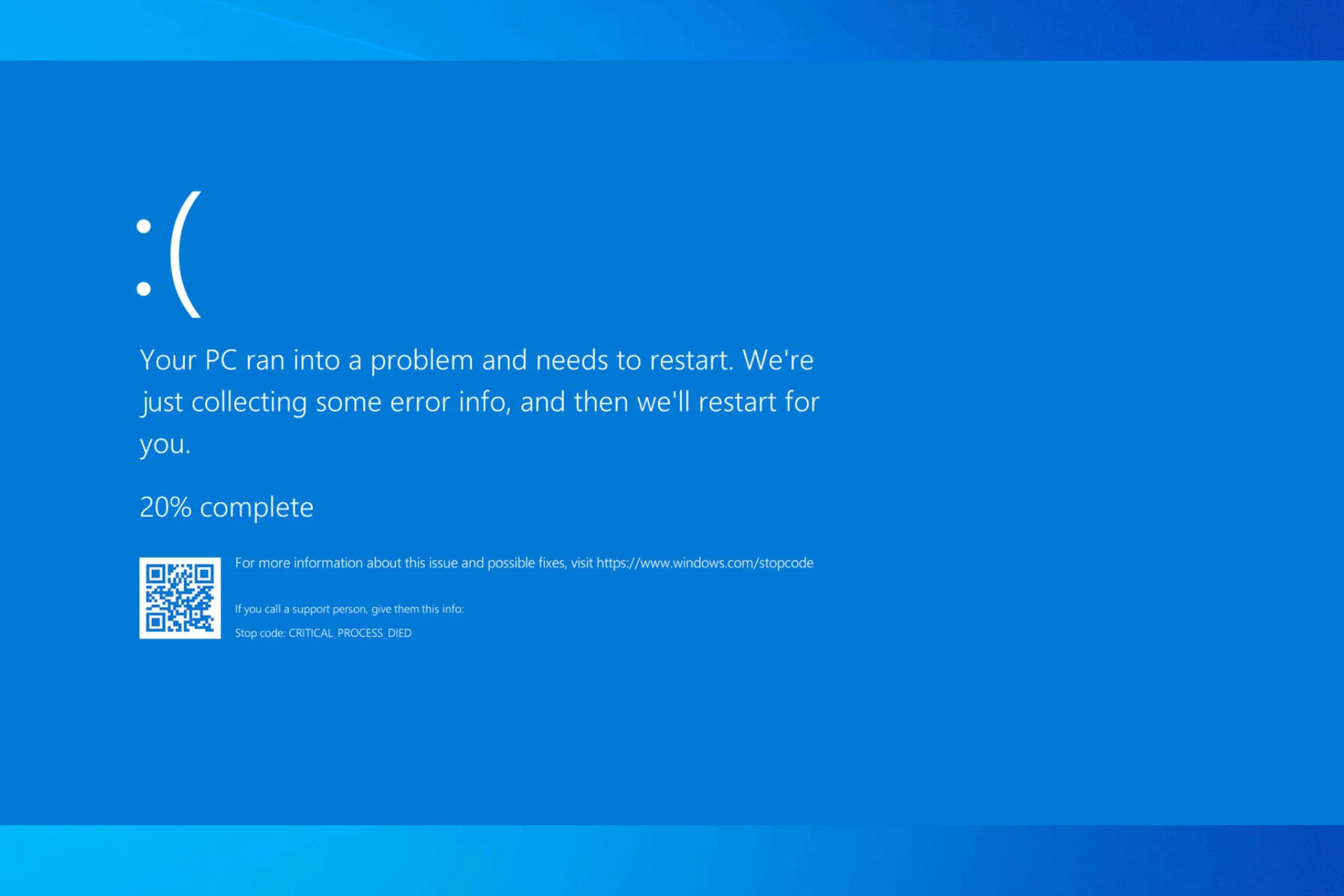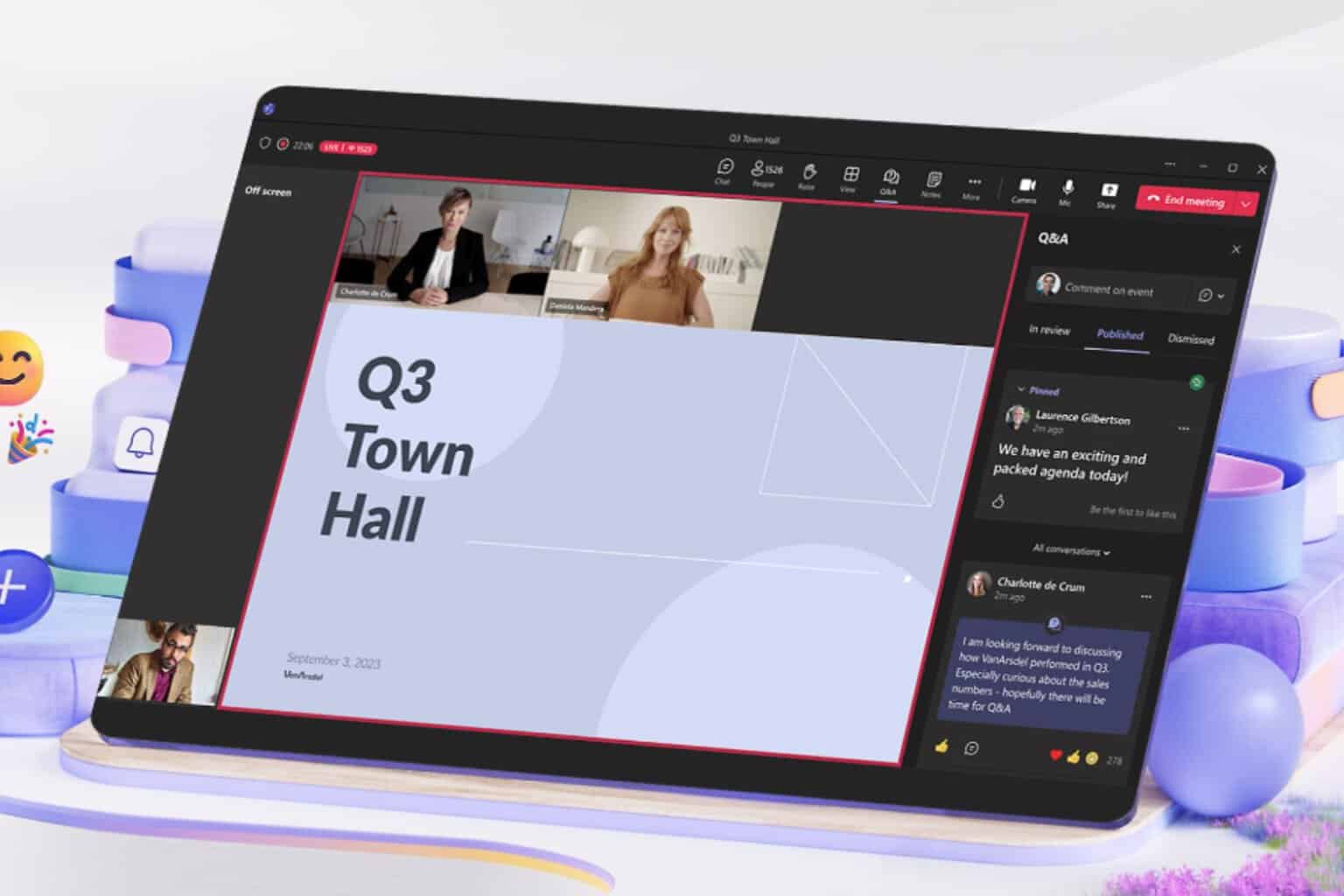Microsoft research team helps Red Bull pilot fly higher
3 min. read
Published on
Read our disclosure page to find out how can you help Windows Report sustain the editorial team. Read more

Although Microsoft’s recent foray into product development has become fairly successful with more companies than ever already investing the products like the Surface Pro 4, Microsoft has always been known as a software company. With products from Office 365 and OneNote to Visual Studio 15 and Windows 10, software is still a priority for the company. However, Microsoft’s work is not only centered around productivity; their research teams have varying interests, some of which have wings.
Red Bull Race pilot, Kirby Chambliss, has been working with Microsoft researchers Michael Zyskowski and Rick Rogahn on how to improve his racing abilities. Using sophisticated sensors and technology, the trio hope to give Chambliss a major advantage over his competition as described in Microsoft’s News Center.
For months, the research team has been traversing the globe with Chambliss, using control theory, robotics, machine learning and path planning to help the pilot figure out the most efficient path through the high-speed, low-altitude courses.
During each race, Chambliss is faced with making split-second choices flying at speeds of up to 200 miles per hour. Each erroneous maneuver can cost him anywhere from a tenth of a second to a hundredth of a second; meaning the difference from winning a race and being eliminated. However, that is what Microsoft’s research team is for.
By analyzing the course, Chambliss’s performance compared to other racers, as well as the plane’s performance, the team is fighting to gain just fractions of a second to give Chambliss a better chance at winning races.
This process is slow, however, and the team is not aspiring to make Chambliss into an instance success story. Instead, the team is working with their pilot each step of the way, finding ways to improve his performance and the performance of his aircraft.
Already, however, the data analysis has led the team to make some significant changes, beyond just how Chambliss approaches each race day. After analyzing his performance relative to other teams, the researchers realized that the airplane itself might be putting them at a disadvantage relative to other teams.
So, they collaborated with researchers from The University of Kansas to add winglets, which modify the wings so they turn up at the ends and are intended to reduce drag. They also have modified the plane’s body to make it lower and more streamlined.
Aesthetic changes aren’t the only improvements the team is making, however. Using mapping software, the team can digitize each racing course. This digital map is coupled with data obtained from either Chambliss or other pilots to create the best possible route for Chambliss to fly in an effort to minimize his time as much as possible.
Although Chambliss and the team have not taken home any trophies this year, that hasn’t hindered the trio’s efforts. This is a work in progress and the team is certainly making progress. These advancements will only continue as Zyskowski and Roghan carry on to push their software to the limits, learning how they can make Chambliss an even better pilot.









User forum
0 messages